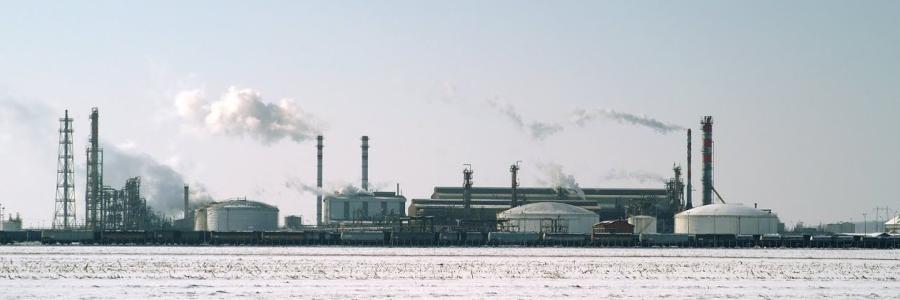Product
The aim of MSK business policy is to obtain and maintain the reputation with its CUSTOMERS by the high quality of its finished products. The aim of its operation is that the quality of MSK products is in conformity with the specified one, with as rational as possible use of raw materials, energy and ancillary fluids and chemicals.
MSK has engaged its entire potentials striving to make MSK products recognizable worldwide by their quality, reliable, safe and high-quality delivery.
Basic products in MSK production programme are Methanol (Technical and purssimum) and Acetic Acid (Technical, Pharmaceutical and Acetic Acid for Food Industry).
All products are controlled in MSK Laboratory before they are dispatched.
MSK products are registered with European Chemicals Agency in accordance with REACH regulation.
Methanol
Product
Metanol CH3OH (known as methyl-alcohol) is a simple carbon alcohol.
It is liquid, colourless and with weak odour. It is most often produced from natural gas, but it can be also produced from other carbons (coal, wood waste etc.)
Methanol is a flammable, hazardous and toxic material, care must be taken with its handling. - SDS
Use
Methanol is a basic raw material for many derivatives in the chemical industry. Three most important methanol derivatives are formaldehyde, methyl-terciary-butyl ether (MTBE) and acetic acid. However, methanol demand is nowadays developed most dynamically in the sector of application of alternative motor fuels - biodiesel and dimethyl-ether (DME), i.e.on the basis of direct mixing of methanol into the motor gasoline.
Methanol is also applied in the production of many industrial products and consumers products such as: furniture, panels, PET bottles, solvents, resins, paints, glues, liquid for the washing of windshields, sports equipment, pharmaceutical products etc.
It is considered that Methanol, as a potential hydrogen transmitter will be used more extensively in future in the field of fuel cells.
Acetic acid
Product
Acetic acid or acetate acid CH3COOH is a simple organic acid. It is a colourless, corrosive liquid of unpleasant odour, and the exposure to its vapours can cause the irritations of nose, eye and lungs mucosa. In its water-free state it is called glacial acetic acid and it is a hygroscopic substance which crystallizes below 16,5° C to solid state, and is completely miscible with water.
It is produced mainly by synthetic methods (over 75% by methanol carboxylation) but it can be produced also by bacterial fermentation.
Acetic Acid is a hazardous, flammable and corrosive substance, and care must be taken while handling it - SDS
Use
Acetic Acid is used widely in the industry as primary raw material for the production of other organic compounds. More than one third of entire produced Acetic Acid is used for VAM production (vinyl acetate monomer).
It is also used for the production of other chemicals such as: terephthalic acids cellulose acetates, anhydrides etc. With reference to that aspect, Acetic Acid is used in textile industry, industry of paints and varnishes, car industry, pharmaceutical industry, tobacco industry (for filter production ), food industry, plastic mass industry etc.
Liquid nitrogen
On product
Liquid nitrogen is a colourless liquid without odour and taste. Nitrogen is a non-combustible, non toxic gas which does not have toxic effect on man. Great concentrations may cause suffocation, and the liquid may cause serious burnts-frostbites. - SDS
Use
Nitrogen in liquid aggregate state is used for the rapid cooling in industry, food production, medicine and veterinary medicine, as well as in research procedures.
Liquid oxygen
On product
Liquid oxygen is a bluish liquid without odour. Liquid oxygen is a non-combustible, non- toxic gas and a material which helps ignition. The product does not have toxic effect on the man, and liquid may cause serious burnts-frostbites. - SDS
Use
Liquid oxygen, most often when combined with hydrogen and kerosene is applied in rocket industry it is also used in explosives production, in the process of purification of waste waters in order to maintain high content of microorganisms, for medicinal purposes etc.
Demineralized water


